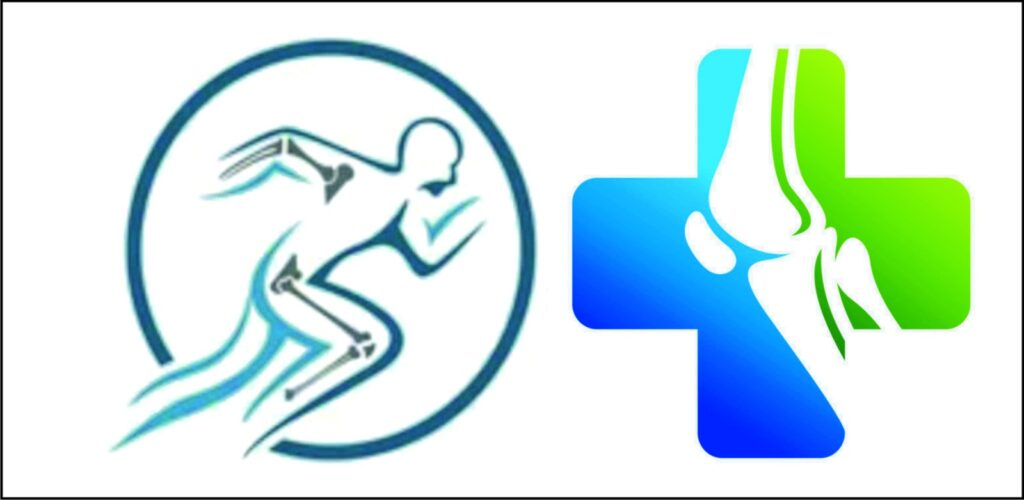The shoulder joint, with its remarkable range of motion, is also prone to instability, particularly when the ball (humeral head) slips out of its socket (glenoid cavity). This dislocation can damage the labrum, a ring of soft tissue that cushions and stabilizes the joint. A specific type of labral tear, called a Bankart lesion, can lead to recurrent dislocations. Arthroscopic Bankart repair emerges as a minimally invasive surgical solution to address this issue.
Understanding Bankart Lesions
The labrum acts like a gasket in the shoulder joint, enhancing stability. When the shoulder dislocates, the labrum can tear at the front portion, where it attaches to the glenoid socket. This tear is known as a Bankart lesion. Repetitive dislocations or even a single forceful dislocation can cause this injury.
Symptoms of a Bankart Lesion
If you’re experiencing the following after a shoulder dislocation, a Bankart lesion could be the culprit:
- Recurrent shoulder instability
- Aching or sharp pain
- Popping or catching sensation
- Loss of function
When is Arthroscopic Bankart Repair Recommended?
If conservative measures like physical therapy and activity modification fail to control recurrent dislocations, arthroscopic Bankart repair might be recommended by your doctor. This is especially true for young, active individuals who rely on shoulder stability for their lifestyle and activities.
The Arthroscopic Bankart Repair Procedure
Arthroscopic surgery is a minimally invasive approach that utilizes small incisions and a camera to visualize and address the problem within the joint. Here’s a simplified breakdown of the procedure:
Anesthesia: You will be administered general anesthesia to ensure comfort throughout the surgery.
Incisions: Tiny incisions are made around the shoulder joint to create access for surgical instruments and the arthroscope (a thin, lighted camera).
Labral Repair: The surgeon views the labrum through the arthroscope and repairs the torn portion of the Bankart lesion using sutures or anchors.
Reattaching the Labrum: The repaired labrum is securely reattached to the rim of the glenoid socket.
Closure: The incisions are then closed with sutures.
Benefits of Arthroscopic Bankart Repair
Compared to traditional open surgery, arthroscopic Bankart repair offers several advantages:
Minimally invasive: Smaller incisions lead to less scarring and pain.
Faster recovery: Patients typically recover quicker and experience less post-operative discomfort.
Improved joint stability: The repaired labrum enhances shoulder stability and reduces the risk of recurrent dislocations.
Rehabilitation after Surgery
Following surgery, a comprehensive rehabilitation program is crucial to regain strength, flexibility, and full function in your shoulder. Your doctor will guide you through physical therapy exercises to promote healing and restore optimal joint motion.
If you’re experiencing persistent shoulder dislocations, consult a shoulder specialist or orthopedic surgeon to discuss if this procedure is right for you. Remember, early diagnosis and treatment can lead to a faster recovery and improved quality of life.


